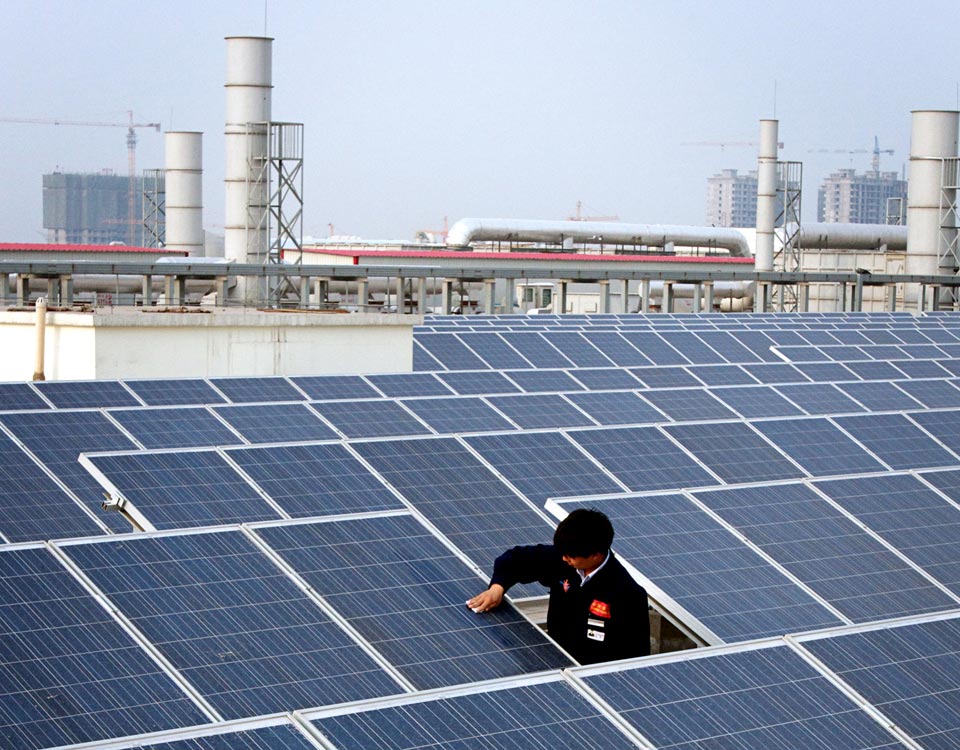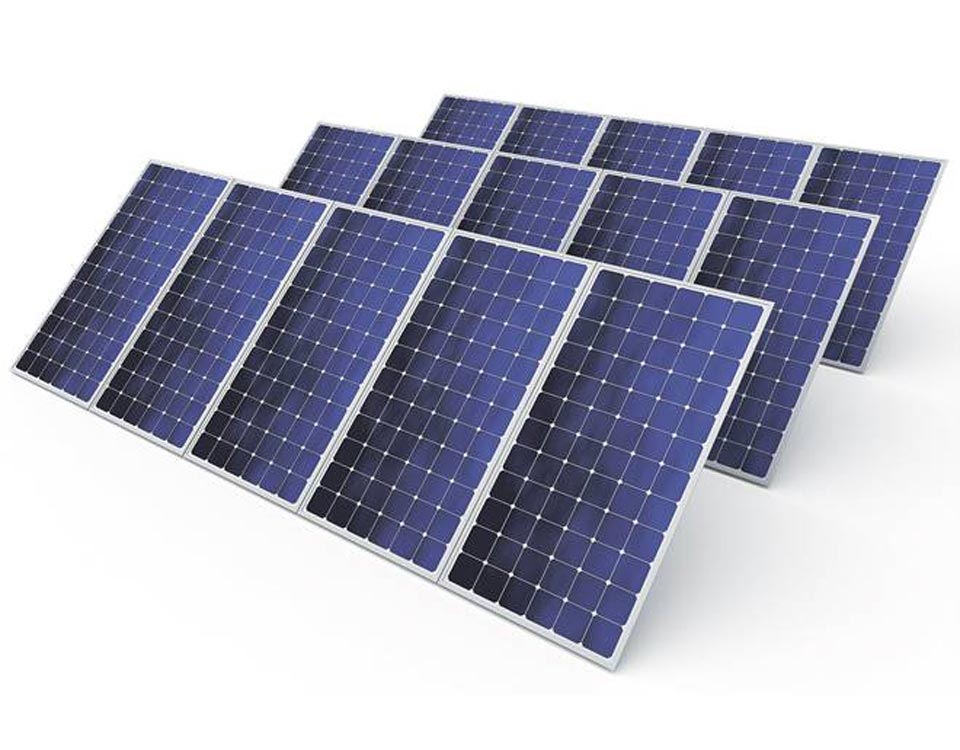- Welcome to Indian Solar Manufacturers Association (ISMA)
India Achieves 20 GW Solar Capacity Target Four Years Ahead Of 2022 Deadline Set By UPA Government
Despite the addition of as little as 2 Giga Watt (GW) of solar capacity under the Congress-led United Progressive Government between 2010 and 2013, India has managed to move ahead with its National Solar Mission and achieved the target of 20 GW of cumulative solar power capacity four years ahead of the 2022 deadline.
The National Solar Power Mission, started in 2010 by then Prime Minister Manmohan Singh, had set the target of “deploying 20,000 MW (20 GW) of grid-connected solar power by 2022” to reduce the cost of solar power generation.
However, after coming to power in 2014, Prime Minister Narendra Modi’s government scaled up the target to 100 GW of solar capacity by 2022.
Of the 20 GW capacity, utility-scale cumulative installations form approximately 18.4 GW and rooftop units account for 1.6 GW.
In a first, solar was the top source of new power capacity in India in 2017, forming 45 per cent of total capacity addition.
The pace of growth in solar power, however, would be affected by the imposition of safeguard duty on import of solar cells and modules.
Citing “threat of serious injury” to the domestic industry, the Directorate General of Safeguards (DGS) had recently recommended a 70 per cent safeguard duty on solar imports from the two countries. The recommendation was made by DGS after the the Indian Solar Manufacturers Association filed a plea saying increase in import has forced manufacturers in India to keep production facilities almost idle.
“The recommendation for 70% safeguard duty on (solar panel) imports, the ongoing anti-dumping case, and a 7.85% port duty on imported modules are together creating an atmosphere of regulatory uncertainty that is taking a toll on the industry and slowing down installation activity," Mercom Capital Group chief executive officer Raj Prabhu was quoted as saying by the daily.




